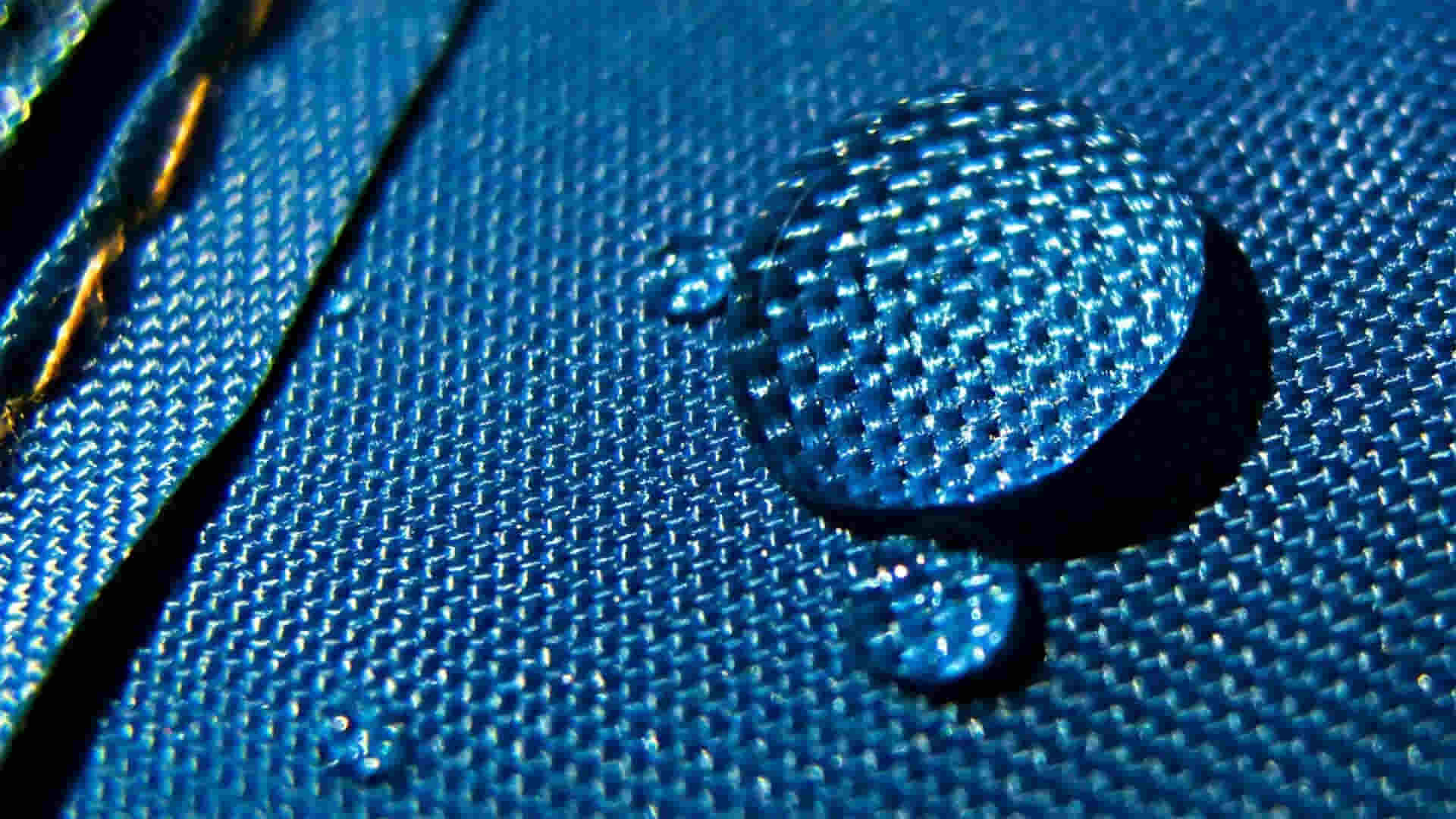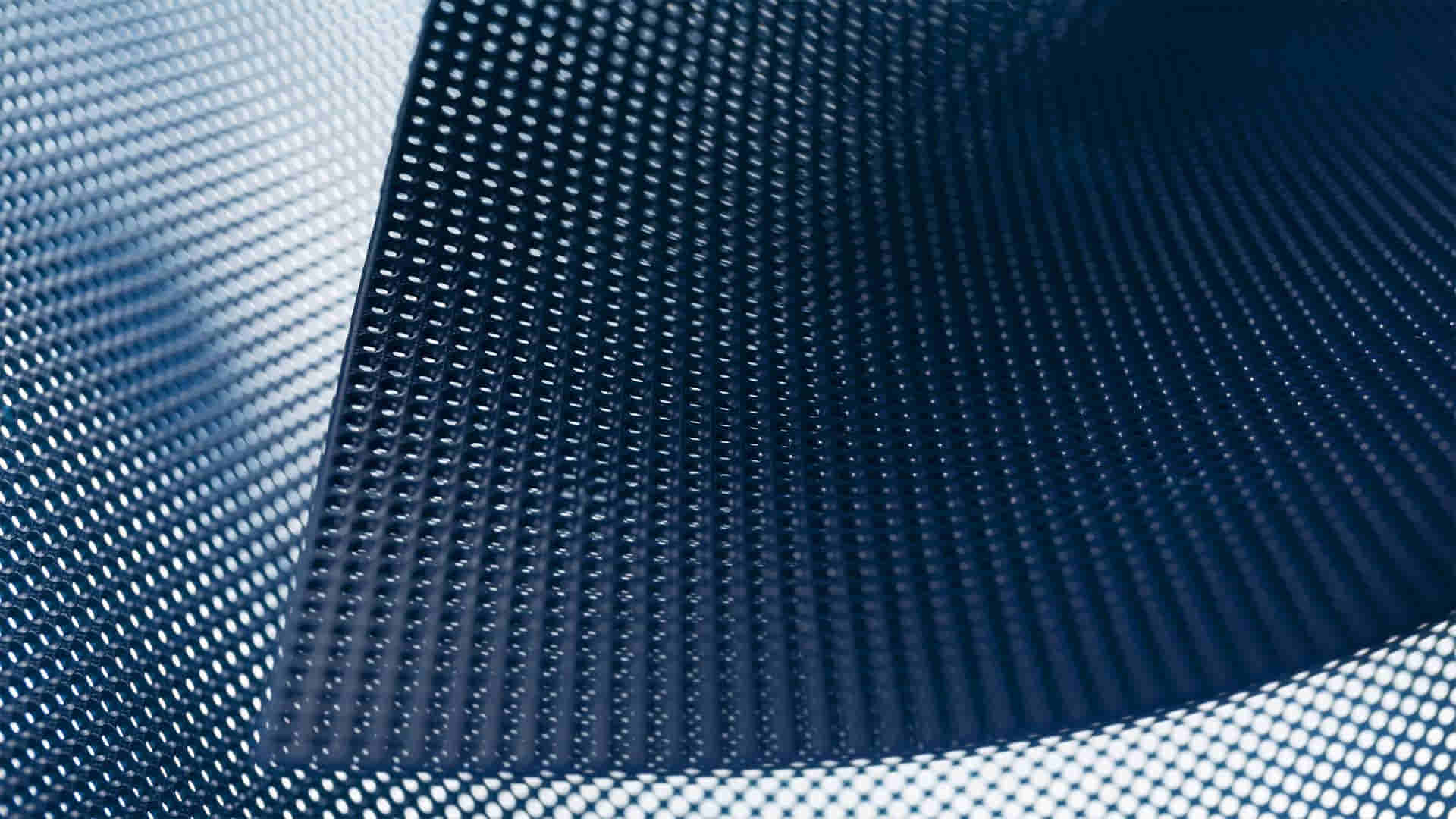The global technical textiles market size grew from 201.71 billion dollars in 2022 to 213 billion dollars in 2023 at an annual growth rate of 5.6% according to The Business Research Company’s ‘Technical Textiles Global Market Report 2023’. The Russia-Ukraine war disrupted the chances of global economic recovery from the COVID-19 pandemic, at least in the short term and has led to economic sanctions on multiple countries, a surge in commodity prices, and supply chain disruptions, causing inflation across goods and services, and affecting many markets across the globe. In this respect, the technical textiles market size is expected to grow to 267.61 billion dollars in 2027 at an annual growth of 5.9%.

The largest region in the technical textiles market is Asia-Pacific
Asia-Pacific was the largest region in the technical textiles market in 2022 and is expected to be the fastest-growing region in the forecast period. The regions covered in the report are Asia-Pacific, Western Europe, Eastern Europe, North America, South America, the Middle East, and Africa. The countries included in the report are Australia, Brazil, China, France, Germany, India, Indonesia, Japan, Russia, South Korea, the UK, USA.
The increasing demand for technical textiles from end-users is estimated to drive the demand in the forecast period according to the report. The increase in demand for medical apparel and raising awareness of hygiene products are driving the market. Increasing military expenditure and a rise in local extremist insurgencies and casualties will boost the demand for protective ballistic armors, thus increasing the demand for technical textiles globally. For instance, the Australian Government’s 2019-20 defense budget increased by 2.3 billion AUD (Australian Dollars) (1.6 billion dollars) to 38.7 billion AUD (27.52 billion dollars) and 175.8 billion AUD (125.02 billion dollars) in 2022-23. Hence, the increasing demand from various end-use industries is expected to significantly contribute to the growth of the market.

Latest technologies and designs create new opportunities
Modern technological advancement and continuous innovations are shaping the technical textiles market. Interconnected biometric garments act as connected textiles to collect data on emissions from the respiratory systems, providing new ways to assess the health and performance of the user. For instance, in 2021, Canada-based textile computing company Myant Inc. launched new designs for connected personal protective equipment that uses volatile organic compound (VOC) sensing and assesses health and performance as a part of its interconnected system of biometric garments.
In May 2020, The Freudenberg Group company, a Germany-based technology group, whose products include housewares and cleaning products, automobile parts, textiles, building materials, and telecommunications, agreed on making a strategic investment through the acquisition of acquired UK-based Low and Bonar PLC. The acquisition of the company, which manufactures and supplies performance technical textiles and technically coated fabrics, would engage using leading-edge technologies to develop and manufacture its fabrics and textiles and for refining textiles and materials by maintaining top quality in the products.
The technical textiles market consists of sales of raw materials for technical textiles such as natural fibers, regerated fibers and synthetic fibers. Values in this market presents ‘factory gate’ values, that is the value of goods sold by the manufacturers or creators of the goods, whether to other entities (including downstream manufacturers, wholesalers, distributors, and retailers) or directly to end customers. In addition, the value of goods in this market includes related services sold by the creators of the goods.

